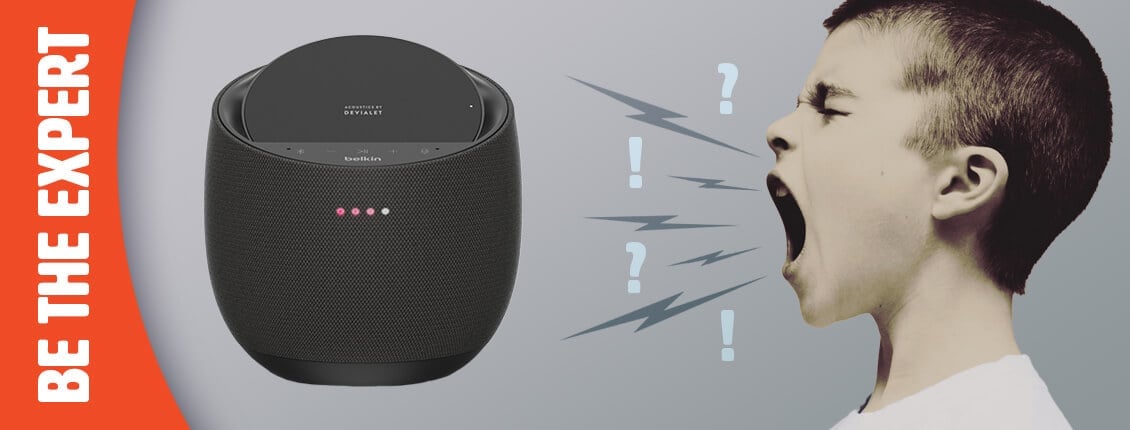
A Personal Assistant in Your Pocket
Most people these days have or are familiar with smartphones. According to statistics, 3.80 billion people own one worldwide.
That’s almost half the world’s population.
They’ve gotten so popular that many take what they’re capable of for granted. But that begs the question: what are they capable of? With the help of a voice assistant, it turns out quite a lot. The ability to create a schedule, write a note, check the temperature outside, and more can all be done with a voice assistant.
Let’s explore the various kinds in use and how they can help you and your customers.
What’s a voice assistant and what isn’t it?
There are several ways to refer to the voice-recognition software in smartphones.
Voice assistant is a well-recognized one, but there’s also:
- Digital assistant
- Digital AI assistant and
- Virtual assistant
While these are all mostly interchangeable, beware. Virtual assistant can also refer to a live person paid to act as a personal assistant through the magic of the internet.
For this post, voice assistant will be used.
So what does a voice assistant do?
A voice assistant can handle making notes, calling a friend, starting music, and more. All it takes is you speaking the command aloud to it. Voice assistants listen and respond to your voice.
You typically “wake it up” with a key phrase, varying by which voice assistant you use. It then takes what you tell it after the wake up and sends that to its database. It uses the database to enact what you’ve commanded, whether that was a request for the weather outside or to set a timer for cooking.
Voice assistants require a connection to the Internet, which could be a drawback if you’re stuck in the middle of nowhere.
For some people, it might be strange to talk to your technology. It could take some getting used to, but the more you use it, the more natural it becomes.
A bonus is that the more you utilize it, the better your voice assistant will recognize your voice, making it more responsive. With so many people at least knowing what a voice assistant is these days, no one will bat an eyelash at someone talking to their phone.
What options do I have regarding my voice assistant?
The technology for voice assistants has a long history starting back in the 1970s. It’s come a long way since then.
Now, there are multiple choices regarding which voice assistant we use. The big three are
- Amazon Alexa,
- Google Assistant and
- Apple Siri
Other voice assistants are:
- Microsoft Cortana
- Samsung Bixby
- Facebook Facebook M and
- Microsoft PC Braina
Several others have been developed with less success than the others.
While all of these perform basically the same functions, some have better responsiveness than others and all have their own specific platform that they use. What you use depends on what platforms you prefer.
What else uses voice assistants?
While a smartphone might be the most common device that uses voice assistants, it’s not the only one.
Smart speakers have emerged as a convenient way to interact with not just the voice assistant, but also with a person’s home. Smart speakers can connect with a house’s lights or security system. They can use the speaker to turn off their lights or see who’s at the front door and it can provide peace of mind if you’re away from home.
In addition to this, they act as functioning speakers, playing music from the Internet.
Smart TVs are another option. They too connect to voice assistants, as well as apps you might have on your phone. They’re a useful way to watch music videos or stream the latest show on Netflix.
Taking Part of the Voice-Assisted Revolution
Voice assistants are the multi-purpose technology of the future in the palm of our hands today.
With so many options, it’s not difficult to see why so many businesses are interested in creating devices compatible with the feature. Just keep in mind that to use it there must be available Wi-Fi. Otherwise, the possibilities are only limited by the reaches of the imagination.
Be sure to check out Petra.com for smart speakers and smart TVs.
